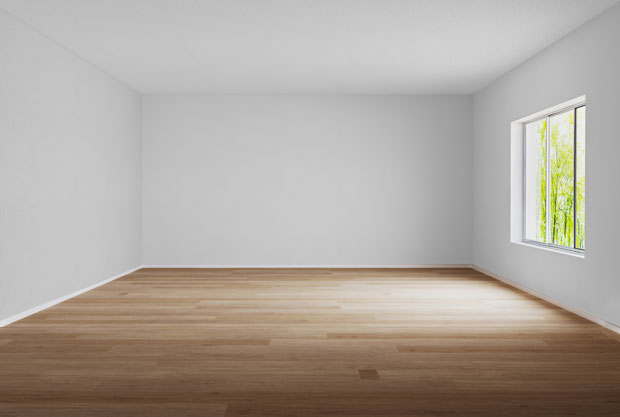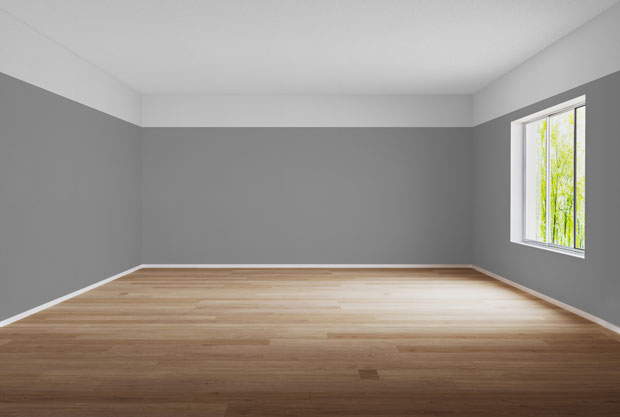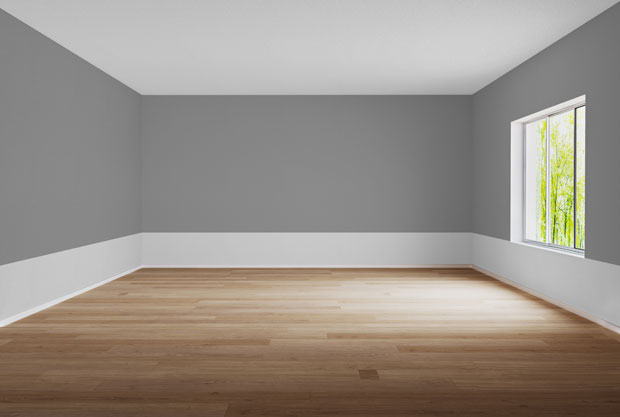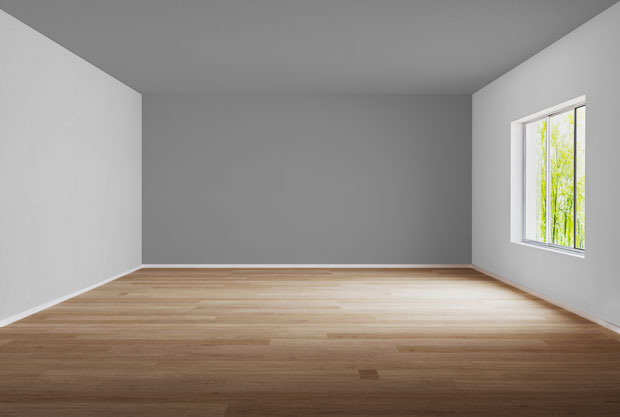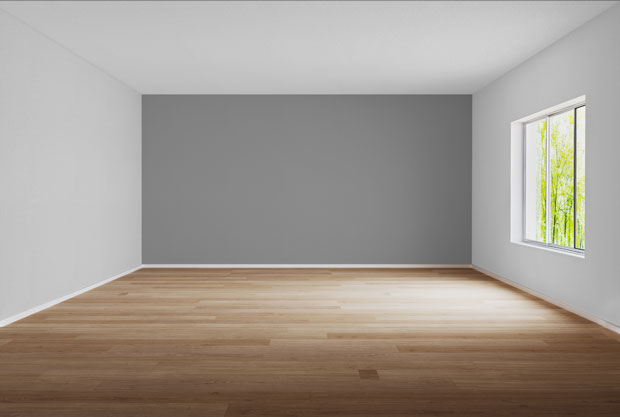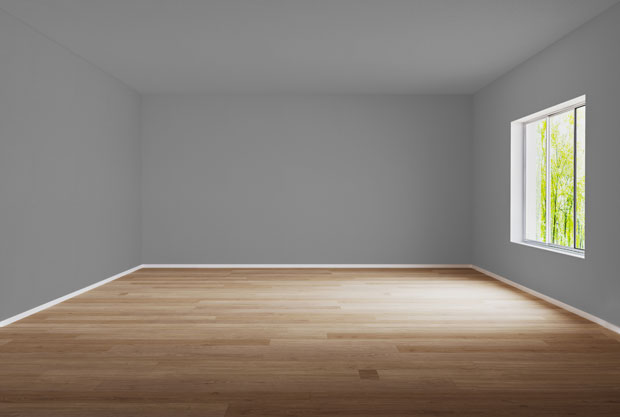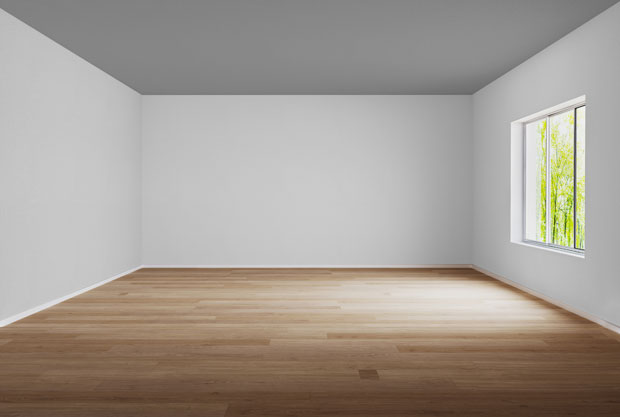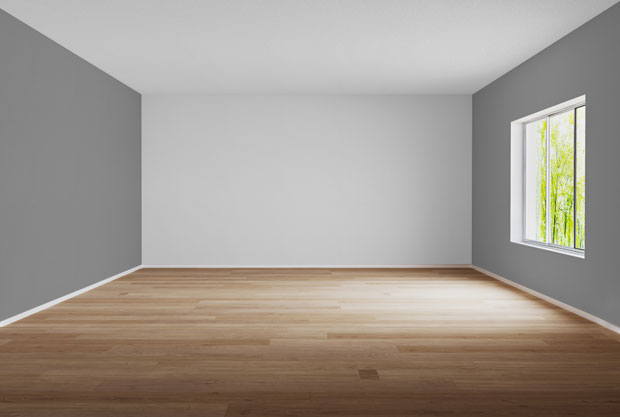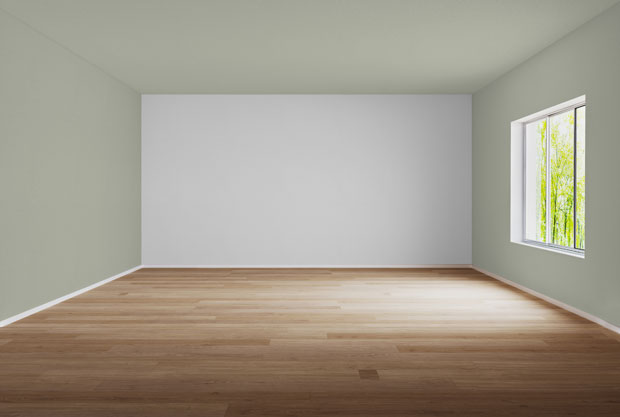How the targeted use of colour can affect the impact of a room
Many homes are still painted entirely in white or a neutral colour throughout. But the use of different colours on the wall and ceiling enables you to achieve incredible effects. It is a well-known fact that certain colours cause different psychological effects in us. But the following examples demonstrate why the selection of the wall to be painted also plays a fundamental role.
Do you still have to wallpaper? Then you’ll finds lots of useful hints and ideas about wallpapering here .
- Use of colour in small rooms
- Use of colour in large rooms
- Highlighting a wall
Use of colour in small rooms
Clearly a room that is too small is the number one complaint. How can we deceive our senses and make a room look bigger?
First of all, we need to find out what makes the room look so small. A short room or a low ceiling could be the reason. This gallery of photos provides some hints and ideas about how to make your room appear larger.
General use of colour in small rooms
Do not use strong colours if you wish to visually extend your room. Painting the room in a light colour is a good approach, as it makes the room look wider and larger. But limit yourself to one, at most two, light shades. Using the same colour throughout the room diminishes the impact of corners and enables several walls to appear like a single area.
Use of colour in large rooms
It is not just rooms that are too small that can adversely affect your mood. Some of you will be familiar with this – the feeling of losing yourself in rooms that are too large. Large spaces can sometimes feel uncomfortable and strange, depending on the furniture and layout. But once again here, we have a number of useful ideas to help you create a homely atmosphere in big rooms in no time.
Just as with rooms that are too small, you can employ some ingenious tricks here too, depending on the layout of the room. That way you even can create a feeling of comfort in vast high-ceilinged spaces.
General use of colour in large rooms
Make use of the fact that dark colours appear closer than light colours to visually reduce the size of large spaces. Dark colours tend to absorb a lot of light, with the result that the walls and ceiling appear closer. The choice of a strong, warm shade can also help to achieve the effect you are looking for.
Visually lowering high ceilings
It couldn’t be simpler: a slightly darker paint colour on the ceiling visually lowers the ceiling. You can achieve an optimum result if a strip of the wall is painted in the same colour as the ceiling, say the first 10 cm of so of the wall. This interrupts the high surface area of the wall.
Highlighting a wall
Do you have a wall that is to become your feature wall? The following hints and ideas will show you how to transform a wall into the feature wall of your room.
Creating a feature
Focus on a light wall. To do so, paint all the other walls and the ceiling in a darker colour. This idea works really well with a framed end wall that people immediately notice when they enter the room.
Handy hint: You can also influence the impact of a room with the right wallpaper texture.
What are you waiting for?
Now you know how to counter visual shortcomings within a room with the deliberate design of the walls and ceiling. Painting individual surfaces gives your home a completely new complexion.
Find out everything you need to know about painting here.

